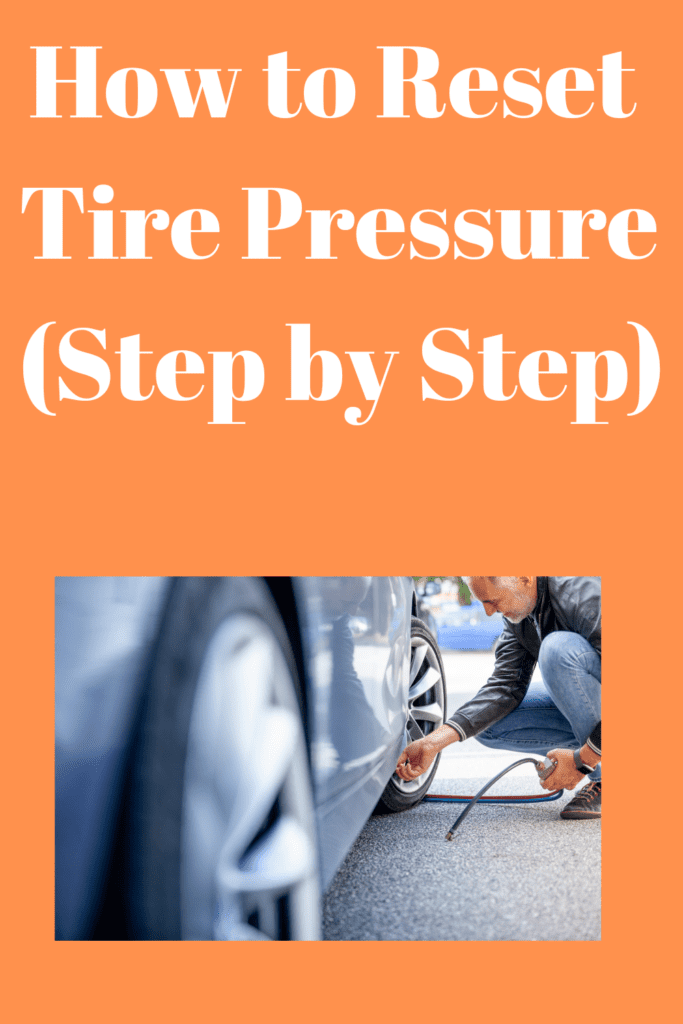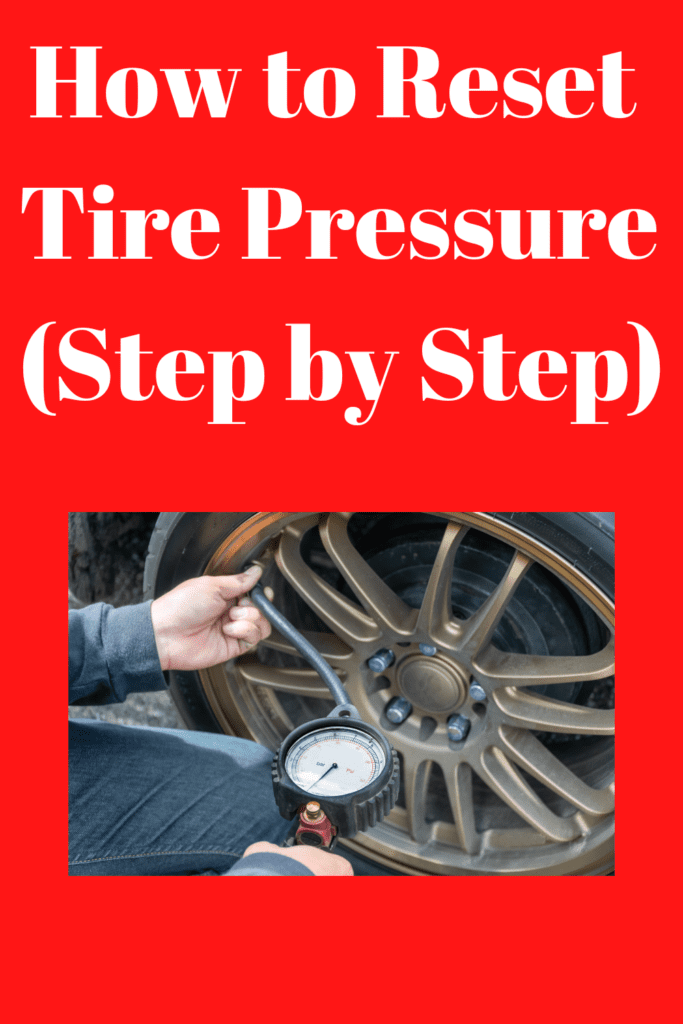How to reset tire pressure Overview
Introduction
Many drivers overlook tire pressure. There is a misconception that tire pressure should be adjusted when the tires are cold.

In reality, your tires need air to maintain their rolling resistance and support the weight of your vehicle at all times.
Step 1 – Get a Tire Pressure Gauge
You will need to have a tire gauge to reset your tire pressure. The indicator should be able to measure PSI (pounds per square inch), KPA (kilopascals), and BAR (atmospheres).
The ideal range for air pressure in your tires is between 30-40 PSI for passenger cars, 35-45 PSI for light trucks, and 45-65 PSI for high-performance vehicles. This will depend on your driving conditions and the size of your car.
Step 2: Check the Tire Pressure. When the Tire is Cold
You should always check your tire pressure when the tires are cold, which means the vehicle has had time to warm up first.
Then, drive around, park in a warm garage, and check your tire pressure again. If you notice your PSI reading is significantly lower at this point than before you drove around, you can proceed with adjusting or resetting your tire pressure.
Step 3 – Adjust or Reset Tire Pressure When the Tire is Warm
You should only have to adjust or reset your tire pressure if your PSI reading is lower than when you drove around and warmed up.

Drive around again, park in a warm garage, and check when the vehicle is cooled down. You can also wait an hour or two before checking again.
Step 4 – The Finale
Once your tire pressure is adjusted or reset, you should drive with that pressure for a few days or weeks before checking again. This will help make sure the tire pressure will not have to be adjusted again.
Conclusion
Remember, checking and adjusting your tire pressure is one of the easiest and cheapest fixes to ensure your vehicle is running safely.

So pay attention to this essential part of your car maintenance routine!

How Do You Reset TPMS Without a Reset Button?
TPMS, or Tire Pressure Monitoring System, lights up to let you know when your tires are underinflated; however, sometimes that light continues blinking even after inflating to recommended tire pressure levels. Luckily, there are ways you can reset TPMS without special tools.
Before setting off on any roadtrip, first make sure all four tires have the appropriate tire pressure. You can find this information in your owner’s manual, on a sticker inside your fuel filler door or driver side doorjamb, or from your tire shop.
Checking that the sensor in your wheel is working correctly should also be on your list. If it’s not, replacing it may be necessary; low air pressure in the tire (one common reason why the TPMS light comes on), sensor issues or battery issues could all cause its functioning to stop functioning normally.
If your sensor appears to be the problem, try driving at high speeds for several minutes in an attempt to reset it and turn off your TPMS light. This should reset it successfully and reset your sensor.
One way to reset your tire pressure monitoring system (TPMS) is using a tire pressure monitor reset tool, available at most auto parts stores and used to reactivate its sensor if tire pressure falls too low. Unfortunately, these tools aren’t foolproof and sometimes fail to reset TPMS sensors successfully.
Resetting TPMS sensors may require disengaging the vehicle battery; this will reset clock, memory settings and electronics. Once disconnected, restart your car and honk its horn for 3 seconds after starting it to discharge any residual power stored within it and hopefully reset your TPMS sensors.
Resetting your TPMS should be simple; press the reset button located somewhere on your car’s dashboard (usually beneath or near your steering wheel) – if this fails to do the trick then please consult your car manual for guidance.
Resetting your TPMS requires following each car manufacturer’s procedure and tools carefully; each method may differ in terms of reliability; failing to do so could damage sensors and cause additional issues.
If your TPMS sensor light keeps flashing, contact Les Schwab and make an appointment with one of our service professionals. They will inspect and add air as necessary before resetting your TPMS system so you can get back out on the road safely. And be sure to keep a tool kit handy – you never know when you may need one! https://www.youtube.com/embed/brRQdgywjlM
